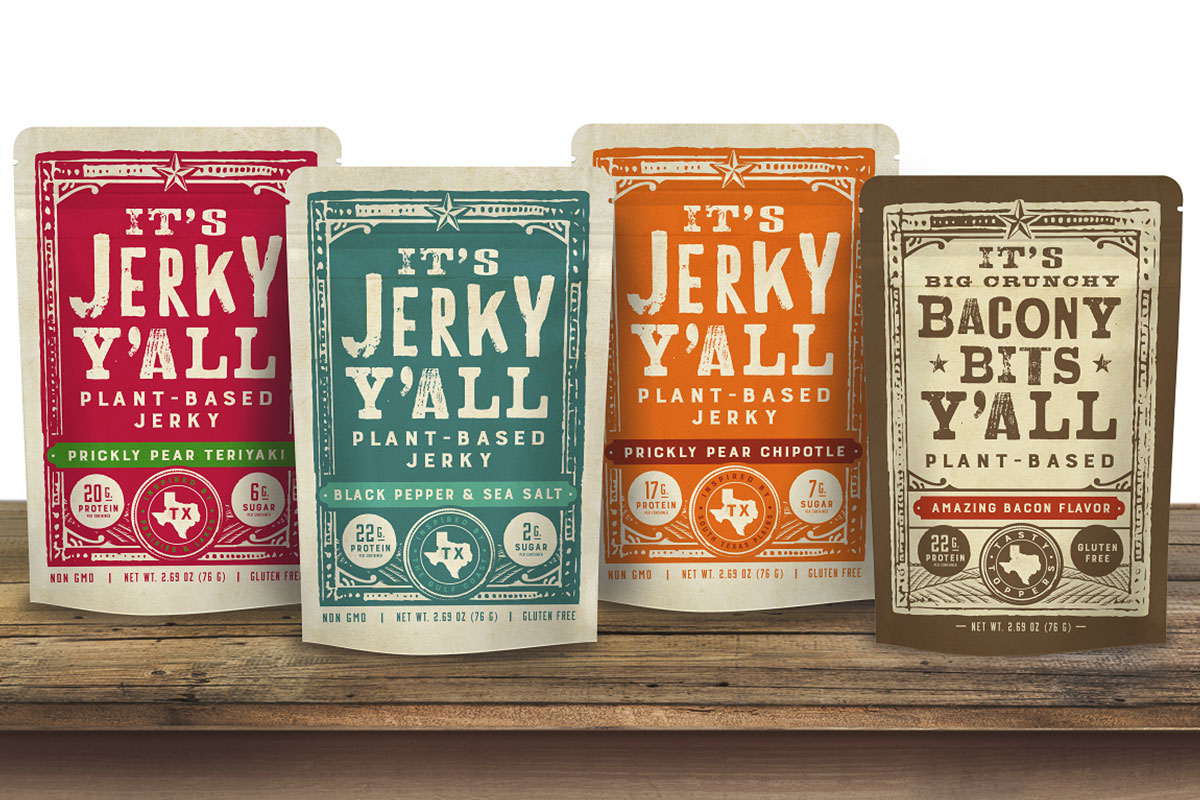Plant-Based Meat
Beyond Meat founder, president and chief executive officer Ethan Brown’s closing comments to securities analysts participating in a conference call on Feb. 24 to discuss fiscal 2021 financial results neatly summed up the company’s current situation:
“Sit tight,” he said. “We’re going to be coming back, I think, the latter part of this year and giving you guys some good results.”

Results for the year ended Dec. 31, 2021, trended in the wrong direction. Beyond Meat recorded a loss of $182 million, much greater than fiscal 2020 when the company reported a loss of $53 million.
Sales for the year rose to $465 million from $407 million in fiscal 2020.
Contributing to the loss was a deceleration in US retail sales, investments to commercialize foodservice products and higher costs of production as the company shifted some manufacturing to copackers.
Beyond Meat’s US retail sales fell 8% during the year to $243 million. Brown attributed the fall to a decline in in-store sampling opportunities, competitive activity, and the company’s intentional focus on foodservice and international markets.
“Competitive activity in US retail intensified in 2021, marked by frequent aggressive discounting and new entrants to the category,” he said. “We continue to believe that a competitive environment featuring high-quality products and compelling marketing is a positive as it tends to grow the category. During the case of 2021, we experienced intense increased competition during the period when the size of the prize did not expand.”
Beyond Meat’s US foodservice sales rose 26% during the year and reached $77 million. Brown cited several success stories related to US foodservice, such as McDonald’s testing its McPlant burger in Dallas and San Francisco and the national limited time offering of Beyond Fried Chicken at KFC, a Yum! Brands business unit.
“Despite the strong and steady progress we’re making with the strategic QSR partners, the majority of our foodservice business, nearly 80% in 2021, has remained concentrated across independent operators, smaller chains, hotels, universities and others that were most impacted by COVID-related disruptions,” Brown said. “In the absence of another variant or unforeseen disruption, we expect to build on our recent momentum in this segment in 2022, furthering our overall foodservice business growth.”
International retail and foodservice sales rose 77% during the year to $145 million.
“Over the last two years, we’ve invested significant resources in our top priority global markets, the EU and China,” Brown said. “These investments have yielded a solid footing for growth … and have opened sizable retail and foodservice opportunities for existing and planned products in these markets.”
The shift to copackers pressured gross margin, but Brown said it allowed Beyond Meat to support tests and launches with customers. The company also ran into longer than expected downtime at one of its production lines, because of repair work being done.
In fiscal 2022, the company is guiding that sales will fall in a range of $560 million to $620 million.
“We expect flat to modest net revenue growth in Q1, accelerating through the year, primarily due to newly secured distribution expansion in the US retail, new product launches, acceleration in international markets as a result of EU price resets and extended shelf life driving incremental distribution as well as growth in China; anticipated limited-time offerings at QSR customers and as we lap easier comparison periods in the back half of the year,” said Philip E. Hardin, chief financial officer.
Of concern to the company is the slowing of US plant-based meat alternative retail sales. Earlier on Feb. 24, Maple Leaf Foods, Inc., Toronto, owner of the Field Roast and Lightlife meat alternative brands, said its review of the category indicated it had stalled.
Brown offered a different perspective of the situation.
“Growth in the plant-based meat category decelerated meaningfully in US retail from 45% in 2020 to negative 0.4% in 2021,” he said. “We believe a number of factors contributed to this.”
Such factors included difficult prior year comparisons fueled by consumer stockpiling, consumer migration back to fast food as markets reopened, and consumer trends around food choice and, specifically, consumers preferring comfort foods to healthier fare.
“We view these developments to be primarily pandemic-related and indicative of an unstable period in the US and global economy,” he said. “Accordingly, we expect to be able to drive and realize renewed growth in retail sales, provided the pandemic continues to recede. We expect these gains to occur via expanded distribution, the launch of new products, reinstitution of our in-store sampling and the implementation of our 2022 marketing program.”










